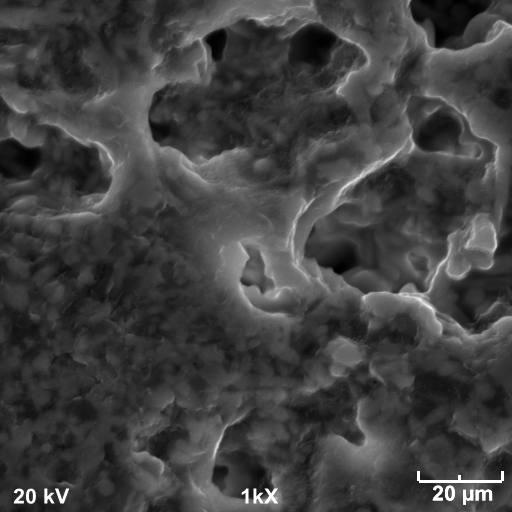Over the past century or so humankind has achieved remarkable feats of science and engineering – at a cost. The impact that our innovations have on the environment has become exceedingly clear. As we progress toward better and faster ways to travel we need to be cognizant of the efficiency and impact of our modes of travel.
This past summer, I was fortunate enough to be on a team that was working toward new and better aircraft engines. At NASA’s Glenn Research Center, I worked with a research engineer on new materials for General Electric’s GE90-class turbofan aircraft engines. The division I worked for has been developing composite materials to replace metal alloys in the hottest parts of the engine. These composite materials are lighter, stronger, and can burn fuel at higher temperatures and efficiencies, reducing the fuel consumption. All in all, these composites are a huge step forward for engine efficiency.
But, as with any new and exciting invention, there was a caveat. The new composite materials degrade in the presence of oxygen and water vapor – a huge problem considering that water vapor is a major byproduct of jet fuel consumption. To combat this erosion, I worked on environmental barrier coatings (EBCs). These EBCs are just what their name implies: they act as a barrier between the composite and the aircraft engine environment. Many exciting candidates for EBCs exist, namely rare-earth silicates. For 10 weeks this past summer I tested the fundamental reaction kinetics of some of these materials in the presence of many different substances commonly ingested by aircraft engines, such as sand or ash. EBCs need to be stable at very high temperatures and for long periods of time.

This is a sample of a Yttrium-based EBC material after being heated to 1200 deg Celsius for 20 hours. It was heated in the presence of desert sand.
It was one of the most rewarding and exciting experiences of my life. Not only was I working on a project that is having a huge, immediate impact (these composite materials are being implemented in Boeing aircraft in the coming year) but I also got to work in one of the coolest, most exciting workplaces ever. The engineers and scientists at NASA are the rockstars of aeronautics. My advisor was a young, excited, and brilliant woman who inspired me to work extremely hard and go for my absolute best. NASA opened my eyes to a whole new world of possibilities for my future – including a career at NASA. While getting a position at a NASA center is no easy task, it is something I will certainly be working toward for years to come.
The summer was a whirlwind of new experiences, new topics, and a whole lot of learning. I walked away with everything I hoped to gain and so much more. The project ended well and persuaded me to consider a wide range of areas for my graduate studies. In the end, the EBCs I worked on ended up not being viable candidates – but hey, that all a part of research.
